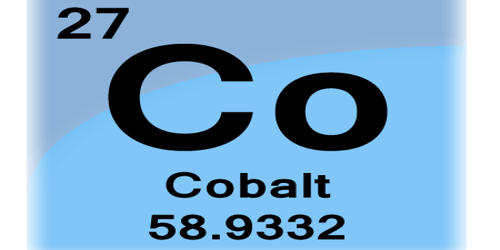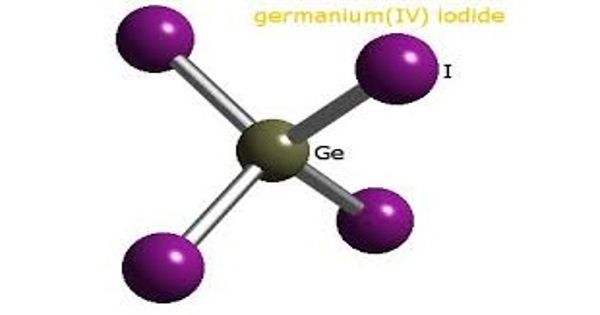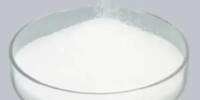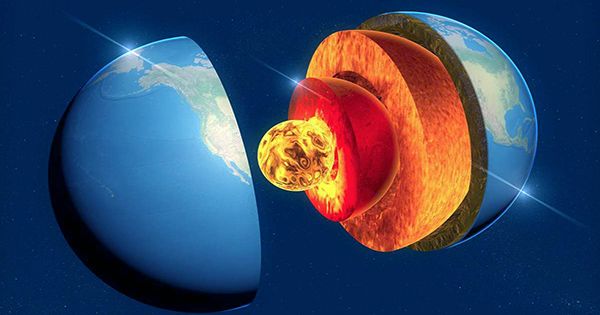Aluminium oxynitride (ALON) is a clear ceramic made of aluminum, oxygen, and nitrogen. It’s a clear polycrystalline ceramic with a cubic spinel crystal structure composed of nitrogen, oxygen, and aluminum. In the near-ultraviolet, visible, and infrared ranges, it is optically transparent.
In the near-ultraviolet, visible, and mid-wave-infrared regions of the electromagnetic spectrum, ALON is optically transparent (80%). It is four times harder than fused silica glass, eighty-five percent harder than sapphire, and nearly 115 percent harder than magnesium aluminate spinel. It has good corrosion resistance as well as resistance to radiation and oxidation damage. Because of its cubic spinel structure, it can be formed into transparent windows, plates, domes, rods, tubes, and other shapes using standard ceramic powder processing techniques. It is roughly three times as hard as steel of the same thickness.
Properties
- Molecular Weight: N/A
- Appearance: White to transparent solid
- Melting Point: ~2150 °C
- Boiling Point: N/A
- Density: 3.696-3.691 g/cm3
- Solubility in H2O: Insoluble
- Crystal Phase / Structure: Cubic, spinel
- Thermal Conductivity: 13 W/mK
- Young’s Modulus: 323 GPa
ALON is the hardest polycrystalline transparent ceramic on the market. Because of its optical and mechanical properties, this material is a strong contender for lightweight high-performance transparent armor applications such as bulletproof and blast-resistant windows, as well as much military infrared optoelectronics. Multiple armor-piercing projectiles of up to.50 BMG caliber has been shown to be stopped by ALON-based armor. Up to 1200°C (2190°F), the material remains solid.
It is commercially available in monolithic windows as large as 18-by-35-inch (460 mm 890 mm). Manufacturing methods for transparent aluminum are still being refined. This material is comparable in price to synthetic sapphire.
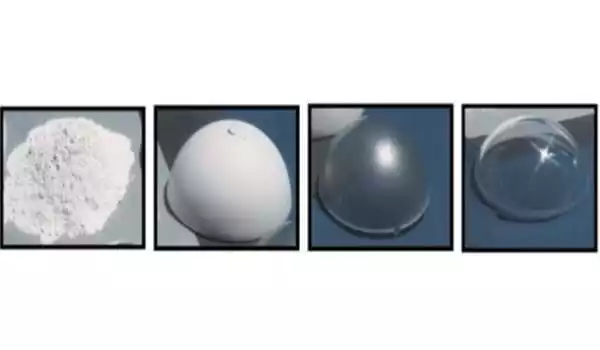
Manufacture
ALON can be made into windows, plates, domes, rods, tubes, and other shapes using standard ceramic powder processing techniques. Its composition varies slightly: the aluminium content ranges from about 30% to 36%, which has been reported to affect the bulk and shear moduli by only 1–2%. Heat treatment (densification) at elevated temperatures is applied to the fabricated greenware, followed by grinding and polishing to achieve transparency. In inert atmospheres, it can withstand temperatures of around 2100 °C. Grinding and polishing improve the impact resistance and other mechanical properties of armor significantly.
Production Method
The fabricated ceramic material is subjected to high-temperature heat treatment before being ground. After that, the material is polished to achieve transparency. At around 2100°C (3812°F), it loses transparency. Grinding and polishing primarily improve impact resistance, and the resulting material is 85 percent harder than sapphire and 15 percent harder than magnesium aluminate spinel.
Transparent aluminum produced using traditional methods, on the other hand, has a high porosity and thus low transparency. In 2010, Lee et al. from Yeungnam University proposed a manufacturing method that addresses this issue.
Applications
ALON is used as an infrared-optical window as well as a transparent armor material. As such, it has applications as a sensor component, specialty IR domes, laser communications windows, and some semiconductor-related applications.
ALON, as a transparent armor material, provides a bulletproof product that is far lighter and thinner than traditional bulletproof glass. Transparent aluminum was named after a fictional Star Trek material. ALON armor is capable of stopping with a thickness of 1.6 inches (41 mm). 50 BMG armor-piercing rounds capable of penetrating 3.7 inches (94 mm) of standard glass laminate.
Some of the applications of transparent aluminum include the following:
- Various defense applications like Recce sensor windows, transparent armor, windows for laser communications and specialty IR domes with different shapes that include hemispherical and hyper-hemispherical domes,
- Semi-conductor related applications,
- Refractories, Insulators and heat radiation plates,
- Optoelectronic devices, Power and multichip modules,
- High temperature materials and heat sinks,
- Thermally conductive filler, Integrated circuit packages and substrates.

